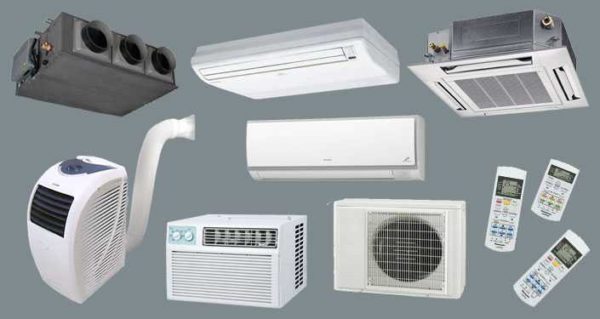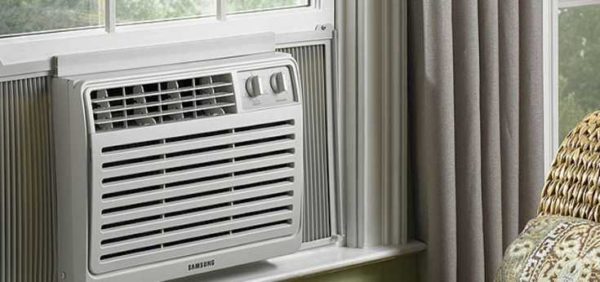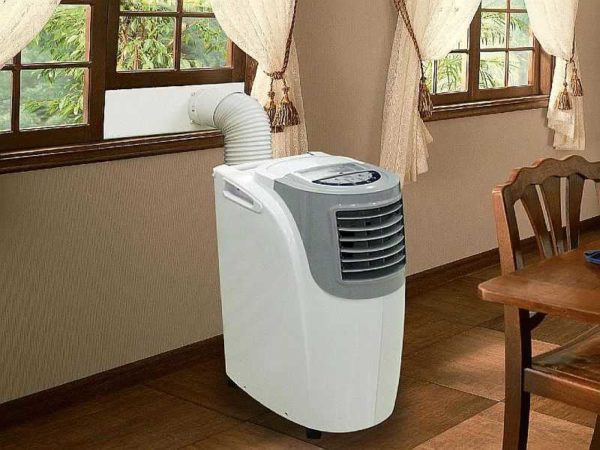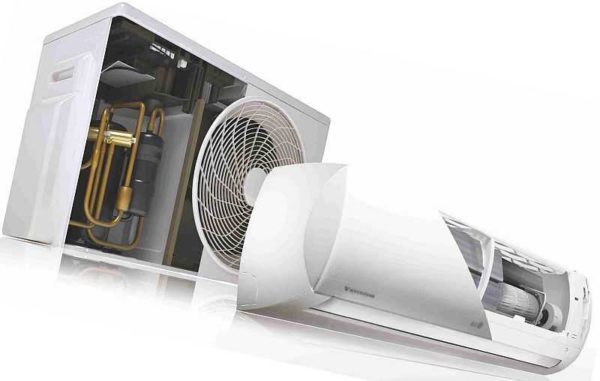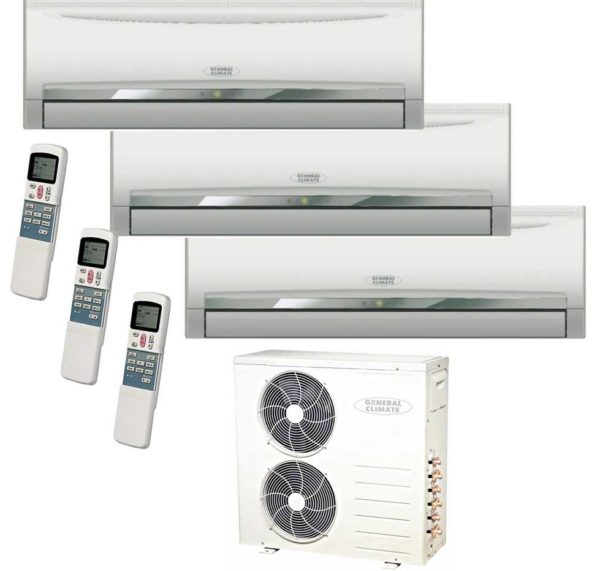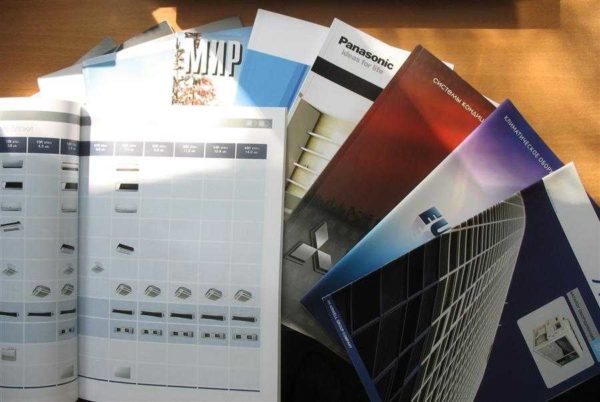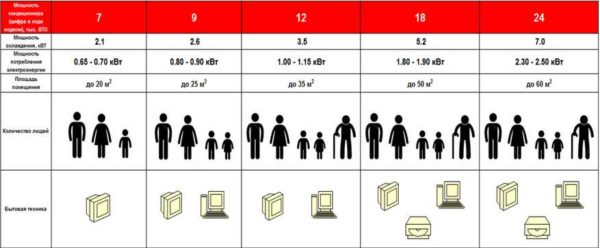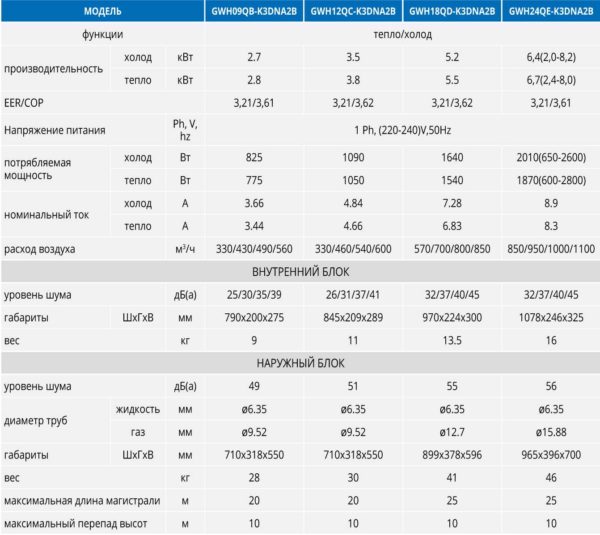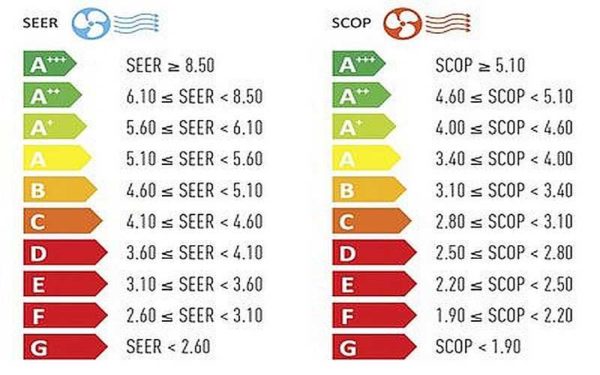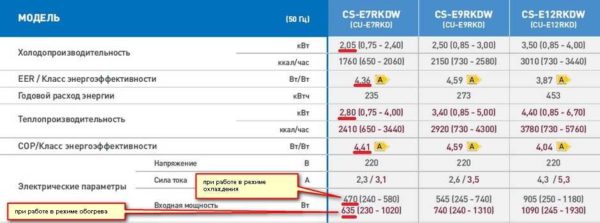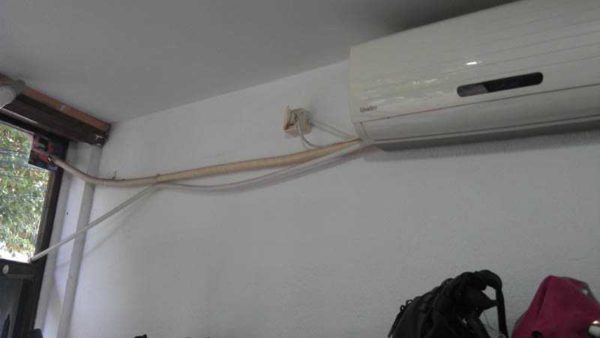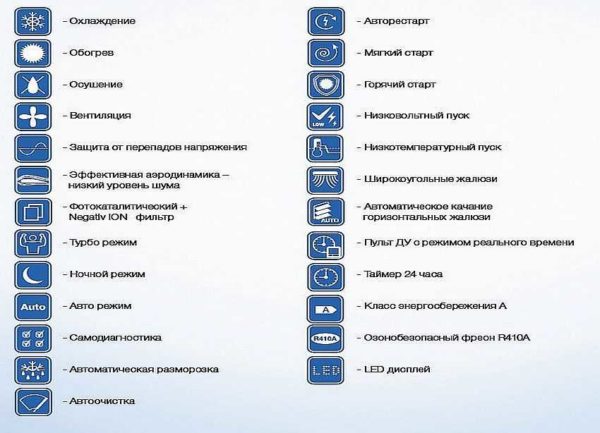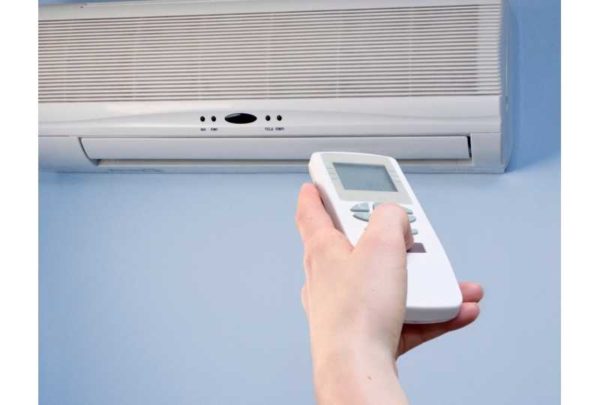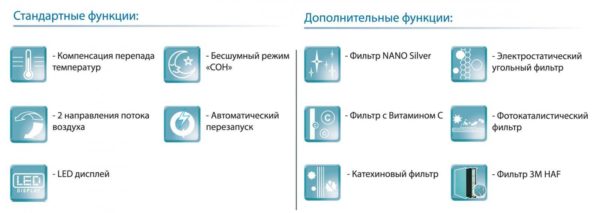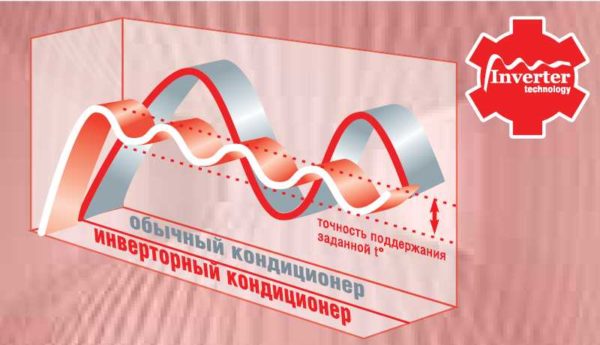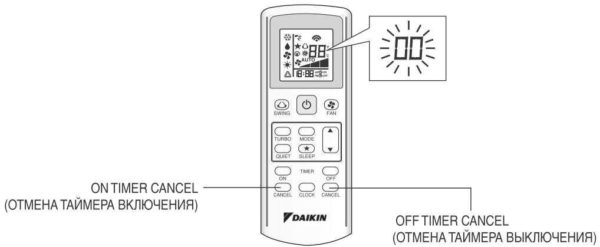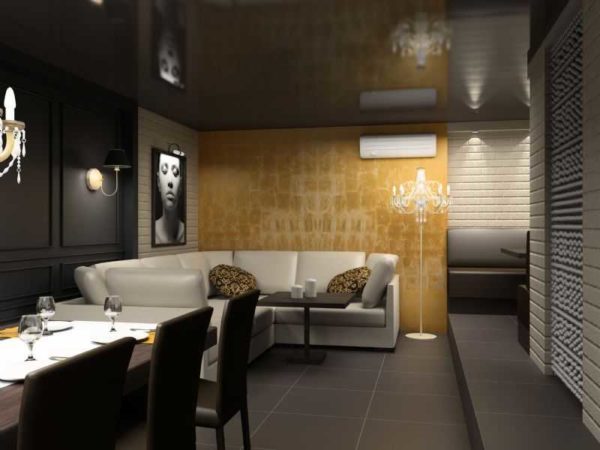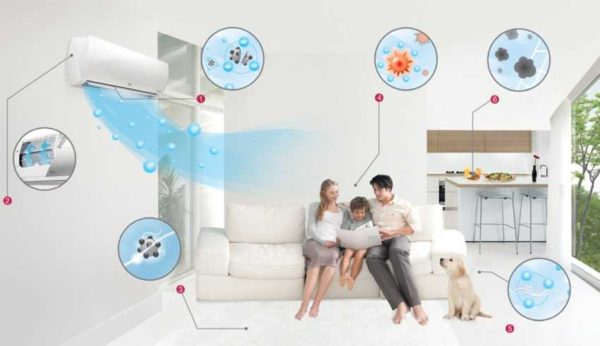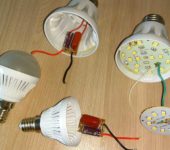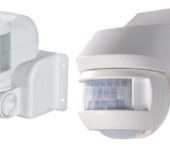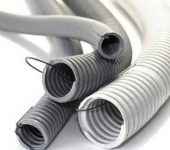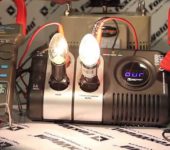Choosing an air conditioner for an apartment, house
Summer is a wonderful time, but the heat is not always happy. Climate technology allows you to increase the comfort of life - it will maintain both the temperature within the normal range, and can adjust the humidity. But choosing an air conditioner is not so easy: there are too many offers on the market. How not to make a mistake when choosing, but also not to overpay?
When it comes to indoor air cooling, two terms are used - air conditioners and split systems. What is the difference? Air conditioners are a generic term for cooling and ventilation systems. This includes the so-called monoblock (from one block) - window and mobile (mobile) devices. A split system is a specific type of equipment consisting of two or more units - outdoor and indoor (several indoor).
The content of the article
Types of air conditioners
A little about what air conditioners are for a house or apartment. There is a classification by the number of blocks. It can be considered the main one.
Monoblock
In monoblock air conditioners, all parts and devices are packed in one box. This type of climate technology appeared first and was once widespread, but today there are not so many of them - they are too noisy.
According to the installation method, monoblock air conditioners are:
- Window - installed instead of part of the frame. In recent years, such units have lost their former popularity - they make a lot of noise, close part of the window, and their appearance is not the most attractive. Advantages: this is the most budgetary option that has efficient cooling. Not a bad economy option for a summer residence, office or small production facility.
- Mobile floor air conditioners. This is a rather massive body on four wheels. Although these models are mobile, they are also tied to a window or ventilation system: hot exhaust air is removed there using a corrugated hose. That is, it will be necessary to provide some kind of insert with a hole of a suitable size in the window - so that you can bring the corrugated hose out. The advantage is the relatively low price and ease of installation. Organizing the exhaust air outlet is the whole installation. Then they turned on and works. If desired, you can take it to another room (if there is where to connect the hose).
Multi-block cooling systems
These climatic systems are more modern, have a wider functionality, work quieter (due to the fact that the most noisy devices are taken out - outside the premises). There are several types of such equipment:
- Split systems. Consist of two blocks - outdoor and indoor. The main elements that produce noise are placed in the outdoor unit, therefore these units are distinguished by a reduced noise level. There are other advantages: wider functionality, the presence of service functions, the possibility of remote control, switching on for heating, maintaining the set temperature. The disadvantage of split systems is a rather high price and complex installation, which is performed mainly by professionals.If you need to choose an air conditioner for a small apartment - one or two rooms, the split system is a good choice. It is also suitable for a small country house.
- Multi-split systems. They differ in the presence of two or more indoor units. These systems were developed for air conditioning in large apartments, houses, cottages. Indoor units are mounted in the required premises. Each of them can have its own control panel, can maintain a given temperature in a particular room. Such systems are more complex to manage, and their cost is even higher. But they can create the required microclimate in a large apartment, house, cottage.
In domestic split systems (and "multi" too), the indoor units can be of three types: wall-mounted, ceiling-mounted, floor-mounted. Of all three options, the most popular is wall-mounted, although the ceiling is more effective, since it distributes flows more evenly throughout the room, without creating sharp contrasting zones in temperature.
There are also split systems, channel, cassette, floor-ceiling, column. But all of them are high performance and complexity and are used in enterprises and large offices. They are rarely installed in houses and apartments.
If you need to choose an air conditioner for a house or apartment, you will have to limit yourself to four options - window, mobile floor or split systems of two types - with one or more indoor units. Although, recently, the overwhelming majority choose split systems, as they can provide a higher level of comfort.
Determining the power
Determining the type of equipment is far from everything. Next, you need to figure out the technical characteristics, select the necessary options, and only then proceed with the selection of a specific model.
Let's figure out what kind of cooling system power you need. There are two ways to find out the required performance of an air conditioner: call a representative of a company that sells air conditioners or calculate it yourself. The calculation itself is elementary, but it will also be necessary to take into account the features of the house or apartment.
Quadrature calculation
So, when determining the power of the air conditioner, it is considered that 1 kW of cooling power is needed per 10 square meters of area. That is, if you plan to install a split system just to cool a room, find its area, divide by 10 and get the desired performance.
But, sometimes, it is worth increasing the figure found: if the house in which you live is panel or brick, without additional insulation, its walls will noticeably heat up in the summer. In order for the equipment to cope with such a load without any problems, it is worth adding 20-25% of the found power. Then there will be no problems with temperature even on the hottest days.
For example, a room of 22 sq. m.Divided by 10, we get 2.2 kW. We are looking for such power or a little more when selecting a model.
The same principles are true for calculating equipment power for an entire apartment or house. It only sums up the area of all rooms in which you plan to maintain the required microclimate using this air conditioner. And after that, everything is the same: we divide by 10, add a stock if necessary.
Calculation by volume
This method is more accurate, as it also takes into account the height of the ceilings, as well as the peculiarities of the location of the rooms. In this case, it is considered as follows: the volume of the room is multiplied by the standard, and then an amendment is made for other heat sources. The standard is as follows:
- for rooms facing north - 30 W / m3;
- if the walls face west / east - 35 W / m3;
- if the wall is directed to the south - 40 W / m3.
A larger standard is selected for the corner room.Also, increased power is needed with a large window area or if there are old wooden frames that do not ensure tightness.
Additional heat sources for air conditioning are:
- A computer. If installed indoors, add 300-400 watts to the figure found.
- Man. In general, this position is more often used when calculating air conditioning parameters in offices and industrial premises, but in a "densely populated" apartment it can also be important. For each person in the room, add 100-150 watts of air conditioner power.
Let's give an example of calculation. It is necessary to select an air conditioner for a room facing south, in which a computer is installed and one person lives permanently. The dimensions of the room are 4 * 3.5 * 2.7 m. Find the volume, multiply all the parameters of the room, we get 37.8 m3. We multiply the found figure by the standard: 37.8m3 * 40 W / m3 = 1512 W. Next, let's add a margin for extraneous heat sources: 1512 W + 400 W + 150 W = 2032 W. Rounding up, we get 2000 W or 2 kW.
Main technical characteristics
To choose the right air conditioner, you need to know the main characteristics that reflect its effectiveness and efficiency. You can do without these technical subtleties, but you have to rely on the advice of a sales assistant, and they are not always objective. Therefore, it is better to figure it out on your own, especially since it is not very difficult.
Cooling class or cooling capacity
In the technical characteristics of air conditioners and split systems, you can see a line where it says "cooling capacity", and then there are numbers from 5200 BTU / hour to 42700 BTU / hour. Let's figure it out. BTU / Hour is a British Thermal Unit and represents the amount of energy it will take to raise the temperature of 1 pound of water by 1 degree Fahrenheit.
In relation to air conditioners, this parameter reflects the cooling efficiency. The higher the cooling capacity (higher numbers), the more economical the split system will be (less electricity costs).
Sometimes, instead of the cooling capacity, the cooling class is indicated, and then the Latin letters A, B, C, D, E, F, G are indicated. This parameter also reflects the efficiency of work, but it is considered as the ratio of heating power to power consumption. It is also designated as ERR or SERR.
If we talk about the letter designation, then class A is the most economical, class G - spends the most electricity. As a rule, all other things being equal, household appliances of class A and higher (there are also A +, A ++, A +++) are more expensive. The difference is hundreds of dollars. Earlier, while electricity was not so expensive, few people paid attention to this indicator - the difference expressed in rubles was not so great. Now, with the constant increase in the price of electricity, it is probably worth buying a more economical air conditioner - at certain intervals it can work for days, so this parameter is now quite important.
There is also a second coefficient - COP or SCOP. It reflects the efficiency of heating, defined as the ratio of the amount of heat generated to the amount of energy expended. Naturally, in this case, the same rule applies: the higher the coefficient, the more economical the air conditioner will be in the process of heating (if such a function is available).
Noise level
The characteristics usually indicate two values - the maximum and minimum noise level. It is measured when operating at minimum and maximum power.
An important characteristic, especially if the split system will be installed in the bedroom. In this case, look for a very quiet air conditioner. For a bedroom, a noise level of 19-24 dB will be acceptable.The maximum allowable level in residential premises according to SNiP is 34 dB, so those that do not fit this criterion are better not considered.
Maximum length of communications
Split systems consist of two or more units and they are connected to each other by means of air ducts and wiring harnesses through which control signals are transmitted.
The standard version is 5 meters long, which is usually sufficient. However, when installing in large private houses or cottages, longer distances may be required. The maximum length of communications is 42 meters. Such models cost significantly more, as does the installation fee. To choose an air conditioner according to this principle, you will first have to at least roughly decide on its location (indoor and outdoor units), measure the estimated distance (note that the track runs along the walls) and only then choose a model.
Additional functions
It is impossible to choose an air conditioner and not think about additional functions. They increase the level of comfort, but the presence of each function increases the total cost of the equipment. Therefore, the choice should be approached carefully.
The presence of a remote control
Today, probably, all models of split systems come with a remote control. It is understandable - the blocks usually hang from the ceiling and it is unlikely that anyone will like to go up there whenever it is necessary to change the operating mode. So it's hard to call it an additional function, but there are also models without a remote control, so be careful. Choosing an air conditioner, and then realizing that there is no remote control is not the best discovery.
The remote control allows you to change all the parameters of the air conditioner and split system:
- temperature;
- fan speed;
- the direction of the air flow (the position of the curtains changes vertically and horizontally).
This is a minimal set, there may be a number of other functions, but only if the model supports them.
Auto mode
A useful option. Allows you to set the desired temperature, and in some models, and humidity, and forget. Further, the split system itself will turn on and off when the parameters deviate from the specified ones.
Such equipment is much more convenient and economical than the one that must be switched on and off from the remote control forcibly.
What is the difference between an inverter air conditioner
Inverter air conditioners are called air conditioners that can smoothly change the operating parameters: cooling power and fan speed. Unlike conventional technology, when the equipment has two modes of operation: either working at 100% power or off. This provides three undeniable benefits:
- the temperature is maintained with greater accuracy - up to 1 degree;
- allows you to save energy;
- more rare and gradual shutdowns / shutdowns extend the compressor life.
If you need to choose an economical air conditioner for an apartment or house, you should take a closer look at inverter models. Although they are more expensive than ordinary ones, they "wind" less electricity (savings can reach about 30%).
Another plus of inverter air conditioners is a wider operating temperature range. Some models can operate at -35 ° C, the upper limit is also higher - up to + 45 ° C. This may be important in some regions.
Heating mode
There are air conditioners that can work not only for cooling, but also for heating. This function is useful in apartments with district heating.If necessary, you can heat up in the off-season, when it is already cool outside, but the heating has not yet been turned on. In this case, a heated air conditioner is a very necessary thing. This regime is sometimes called "winter / summer".
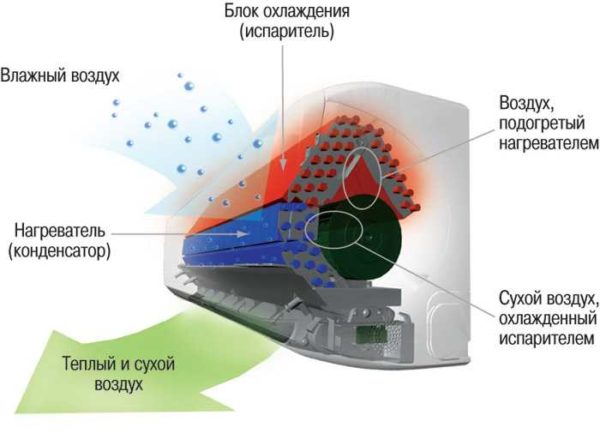
The heating mode is useful in the off-season. We recommend choosing an air conditioner with the ability to work for air heating if the apartment is connected to centralized heating
If your choice fell on a model with the ability to work on air heating, in the technical specifications, pay attention to two parameters: power in cooling mode and power in heating mode. In cheap models, they are unequal and can show from 20% to 60% of the cooling. That is, such models will not provide you with full heating. In more expensive models, the percentage looks better, in some it even reaches 100%. But they belong to the premium class, which is reflected in the cost - they are more expensive by $ 100-200.
There is one point: split systems cannot operate at low temperatures. Most often, their operating range is down to -5 ° C. So this is indeed an off-season option. In winter, it simply won't work.
Timer
A useful feature, especially if you are not at home all day. It allows you to turn on or off the air conditioner at a specified time. You can set the switch-on time half an hour before your arrival and you will enter an apartment or house with a normal temperature.
It is also possible to turn off the air conditioner by timer. This may be needed in the evening. Automation will turn off the device at the appointed time and you will not have to get up interrupting sleep. In general, if you value your own comfort, you should choose an air conditioner with this function.
Sleeping mode
If the nights in the region are so hot that the air conditioner cannot be turned off at night, the "sleep" mode is useful. It converts the equipment to a lower power, the fans rotate more slowly, respectively, the noise level is reduced.
This mode can be useful if the air conditioner is not inverter. In general, a good function, but only for those units that you plan to install in the bedroom.
Ozonation and ionization modes
Ozonation and ionization are designed to make indoor air cleaner, free from bacteria and more beneficial. The idea is good, but there are separate devices for these operations. As usual, special units work more efficiently, and they are rarely used built into the air conditioner, but they raise the cost significantly.
Dehumidification
The dehumidification mode allows you to remove excess moisture from the air, because with high humidity, heat is less tolerated. This function can be useful if you are choosing an air conditioner for a small apartment. In this case, the kitchen is close to living rooms and cooking or even tea can significantly raise the humidity in the rooms.
Also, this mode is useful in regions with high humidity in the summer. It allows you to exist in more comfortable conditions.
Ventilation and purification
The ventilation mode (fan in English) is available in many models of split systems. It allows you to "pump" fresh air from the street, but without cooling. Ventilation can take place with different intensities - it can be from 2 to 8 fan speeds. In principle, you can do without this mode if you have a transom, a window or the ability to open a window.
In some models, there is purification in combination with the ventilation mode. The air coming from the street passes through a filter system, clearing it from allergens and dust particles. Such a regime is necessary for allergy sufferers, it allows them to survive the worst time for them with minimal discomfort.So if someone in the family suffers from allergies, it is advisable to choose an air conditioner with ventilation and purification.
Auto restart
The presence of this function allows you to restore the settings that were before the power was turned off. The equipment turns on by itself when power is applied. This option can be useful if there are frequent power outages in the region.

